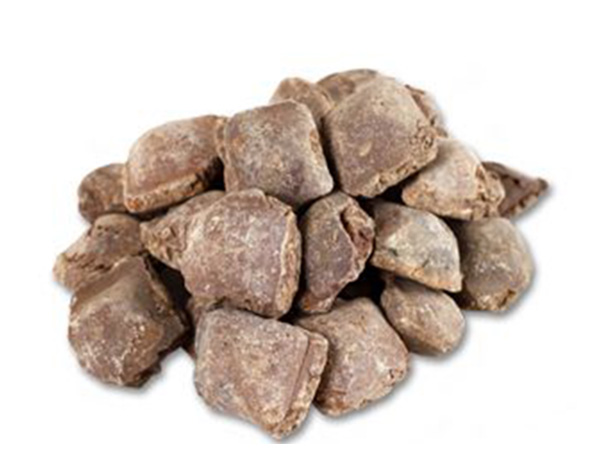High purity magnesia
Detailed introduction:High purity magnesite is produced by flotation purification of natural special grade magnesite through light burning, fine grinding, ball pressing and calcination in vertical kil

Detailed introduction:
High purity magnesite is produced by flotation purification of natural special grade magnesite through light burning, fine grinding, ball pressing and calcination in vertical kiln of ultra-high temperature oil. It is a brick, non - shaped refractory high - quality raw material. All the equipments of high purity magnesite production process have been introduced from abroad.
The magnesia can be divided into natural magnesia and seawater magnesia or synthetic magnesia. Natural magnesite mainly comes from natural magnesite, but due to the quality restriction of raw magnesite, it is difficult to obtain high-quality products. So far, seawater magnesite has become the main source of magnesite used in industrialized countries. The theoretical content of MgO in magnesite is 47.3%, and the remaining impurities are CaO, SiO2 and iron, etc. Magnesite is decomposed when heated to 700℃~ 800℃ in air, which is called "light burned magnesia". When further heated to 1530℃ or above, it becomes inactive calcined magnesite and becomes hard burned magnesia, which is called "dead burned magnesite". Synthetic seawater magnesia for industrial production is made from seawater and digestive dolomite. After calcination of the precipitated Mg(OH)2, MgO is obtained. The calcium-silicon ratio of the synthetic magnesite used for non-sintered brick is 0.3~0.5, and the calcium-silicon ratio of the high-purity seawater magnesite is above 1.7, and its high temperature strength is high.
There are two kinds of structure forms between the calcite grains in magnesia: (1) Silicate binding (ceramic binding) : the main crystal phase is connected together by the low melting point crystalline or amorphous silicate, which is sintered under the participation of liquid phase; (2) Direct combination; A bond formed by direct contact of high melting point grains, which belongs to solid sintering and generally does not involve liquid phase in sintering. The directly bonded magnesia products have high mechanical strength, slag resistance and volume stability at high temperature.
The magnesite (MgO·Fe2O3, MF) in the magnesite can form a solid solution with the magnesite, which is dissolved in less than 1% at 1000℃, and the solubility increases infinite at 1800℃. The MF in the magnesite lattice destroys the lattice structure and increases the internal energy, which promotes the crystallization growth of the magnesite and improves the sintering performance of the magnesite.